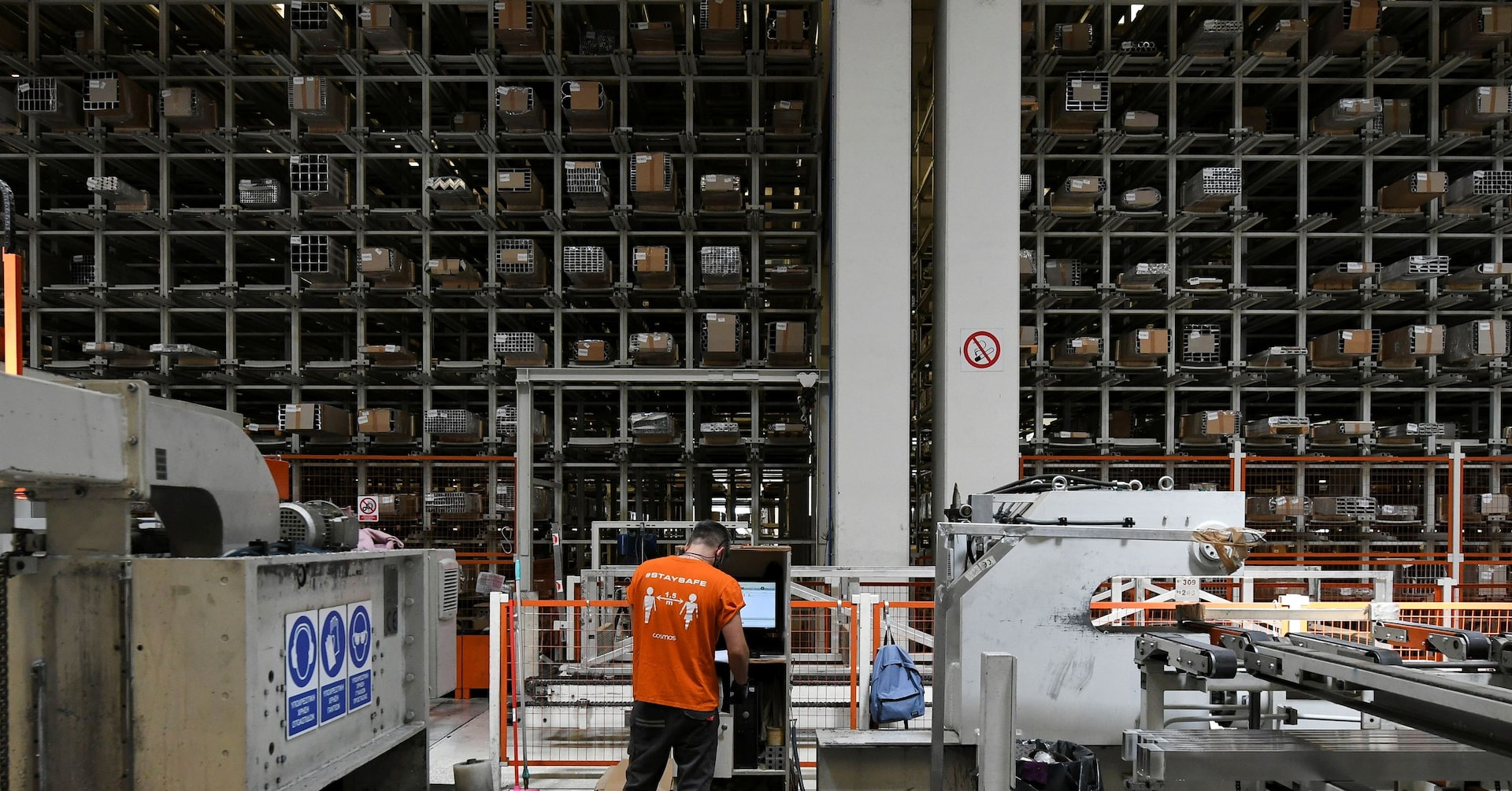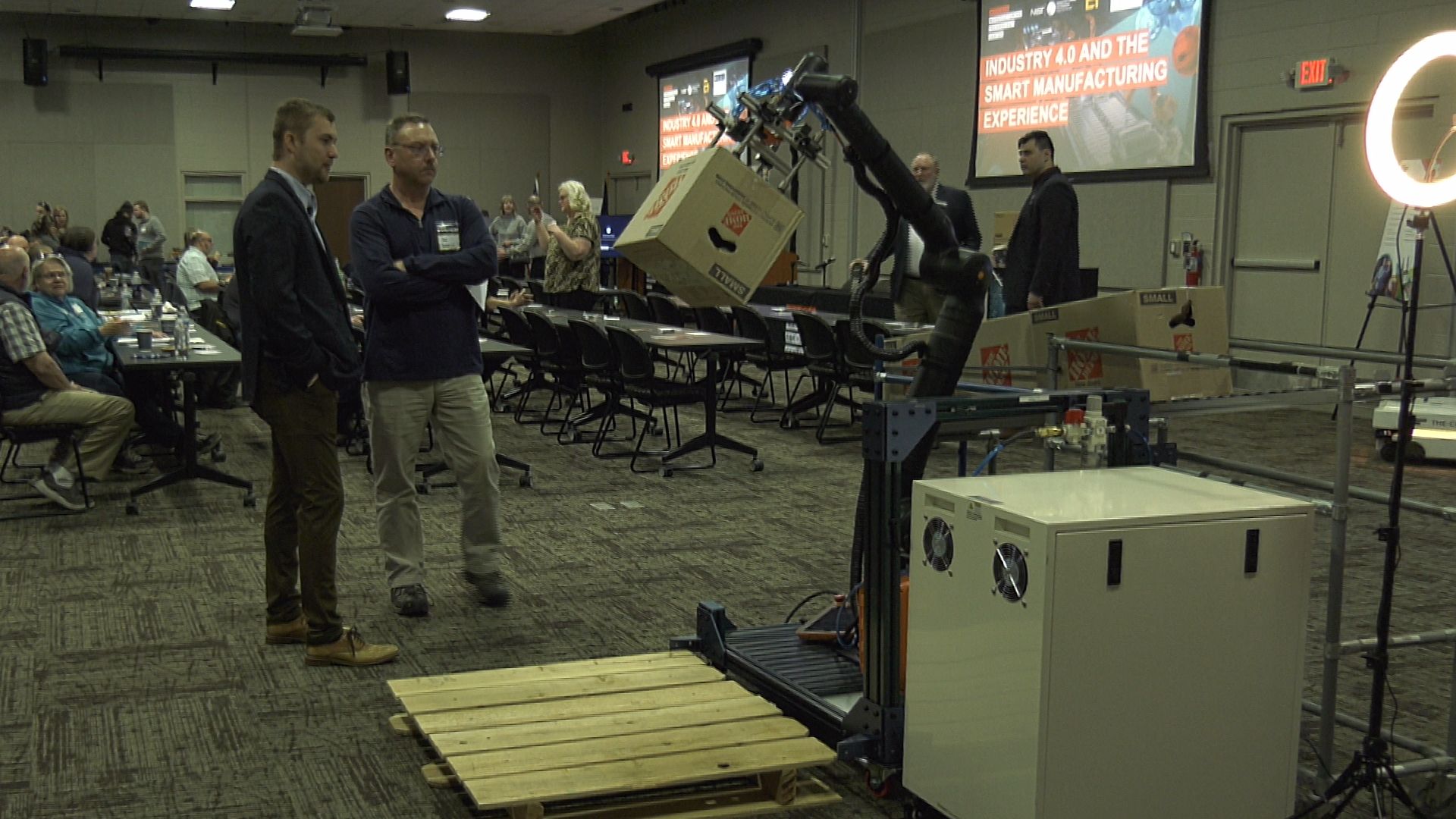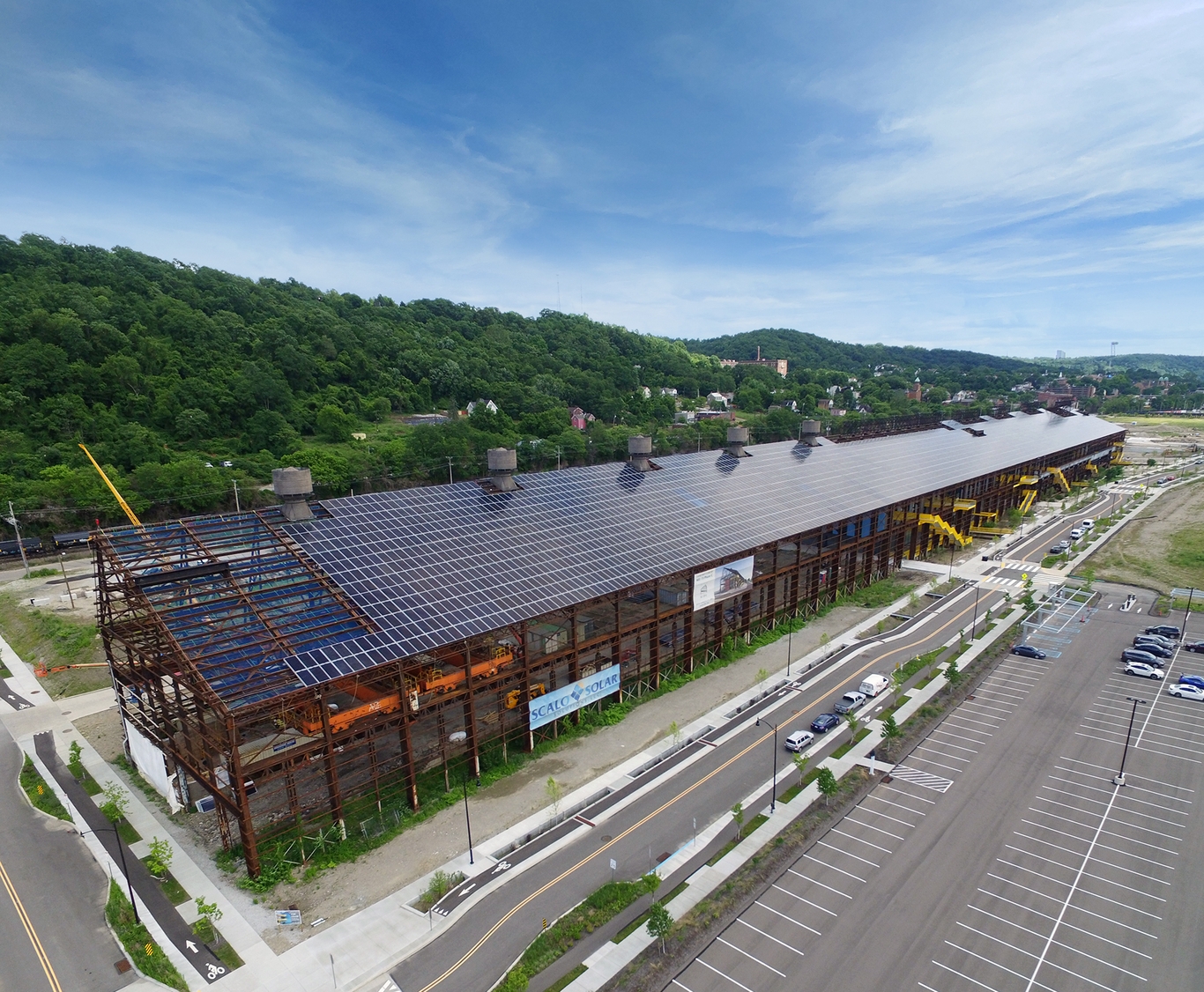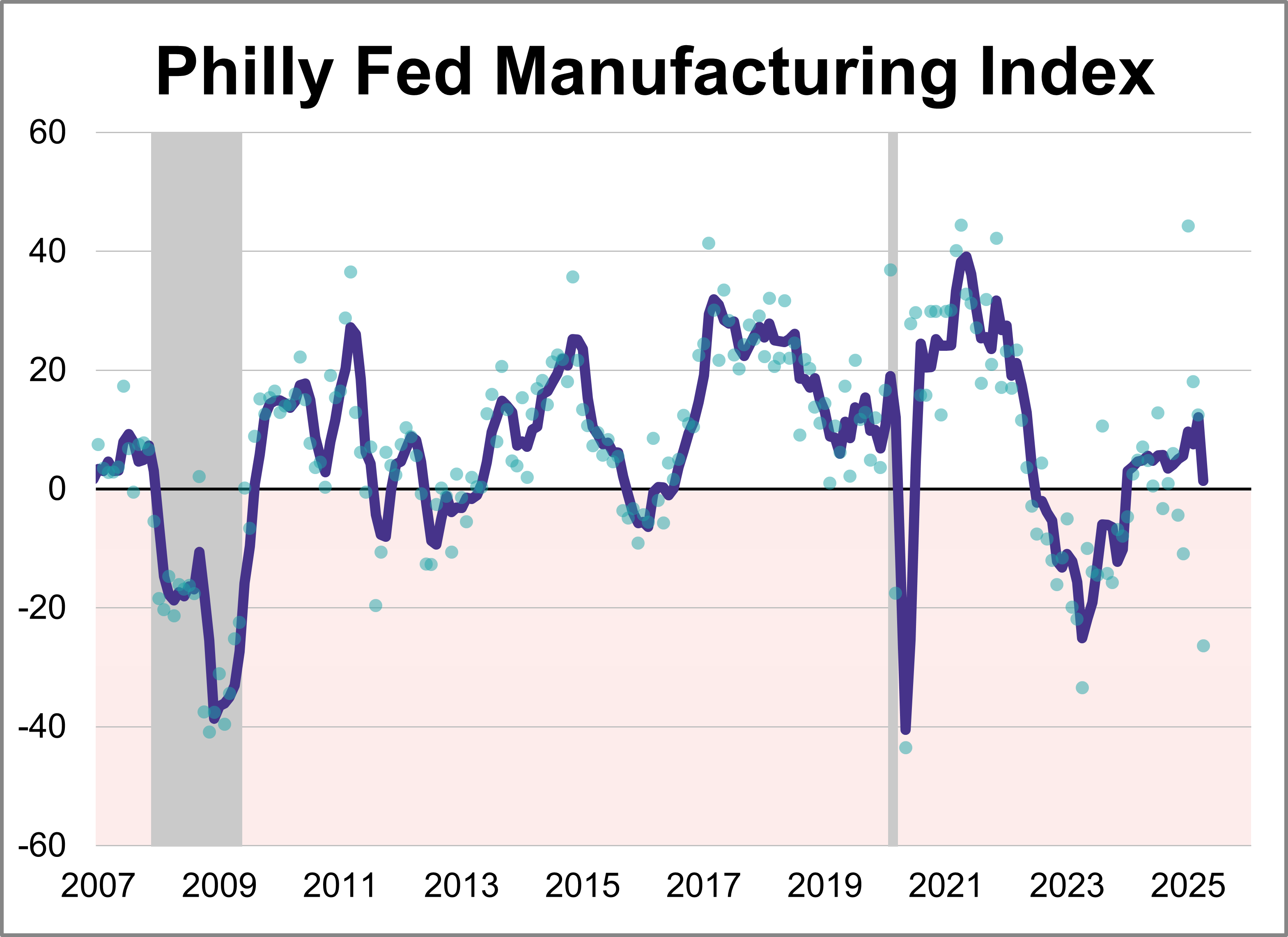Composite Materials Revolution: Industry Set to Skyrocket to $1.8 Billion, Signaling Massive Technological Leap
Manufacturing
2025-04-02 14:40:00Content

Global Composite Material Component Manufacturing Market: A Comprehensive Industry Outlook
The composite material component manufacturing sector is experiencing remarkable growth and transformation, driven by innovative technologies and expanding applications across multiple industries. This dynamic market is characterized by diverse material types, including cutting-edge carbon fiber and aramid fiber composite components that are revolutionizing manufacturing processes.
Market Segmentation and Key Insights
The market is strategically segmented into various composite material types, with carbon fiber and aramid fiber composite materials emerging as prominent categories. These advanced materials are increasingly being adopted in aerospace, automotive, construction, and renewable energy sectors due to their exceptional strength-to-weight ratio and superior performance characteristics.
Key Highlights
- Advanced composite materials offer unprecedented engineering capabilities
- Growing demand across high-performance industries
- Continuous technological innovations driving market expansion
- Increasing focus on lightweight and durable material solutions
As industries continue to seek more efficient and sustainable manufacturing solutions, the composite material component market is poised for significant growth and technological advancement.
Revolutionary Advances in Composite Material Manufacturing: Shaping the Future of Industrial Innovation
In the rapidly evolving landscape of advanced manufacturing, composite materials have emerged as a transformative technology that is reshaping industries from aerospace to automotive, healthcare to renewable energy. These sophisticated materials, combining multiple components to create superior performance characteristics, represent a cutting-edge frontier of engineering and design that promises to revolutionize how we approach material science and industrial production.Unlocking the Potential of Next-Generation Material Engineering
The Technological Renaissance of Composite Materials
The world of material engineering stands on the brink of a profound transformation, driven by groundbreaking innovations in composite material manufacturing. Unlike traditional materials, composite components offer unprecedented opportunities for customization, performance optimization, and structural integrity. Engineers and researchers are now exploring complex material combinations that can withstand extreme conditions, reduce weight, and enhance durability across multiple industrial applications. Modern composite material development represents a sophisticated dance of molecular engineering and advanced manufacturing techniques. By strategically integrating different material properties, scientists can create substances that transcend the limitations of conventional single-component materials. Carbon fiber composites, for instance, demonstrate remarkable strength-to-weight ratios that are revolutionizing industries ranging from aerospace to automotive design.Emerging Market Dynamics and Global Manufacturing Trends
The global composite material component manufacturing sector is experiencing unprecedented growth, driven by increasing demand across multiple high-performance industries. Technological advancements and expanding research investments are creating new opportunities for material innovation, with significant implications for economic development and technological progress. Emerging markets are playing a crucial role in this technological evolution, with countries like China, India, and Brazil investing heavily in advanced manufacturing capabilities. These regions are not just consumers but are becoming significant producers of sophisticated composite materials, challenging traditional manufacturing powerhouses and creating a more distributed global production ecosystem.Technological Breakthroughs in Fiber Composite Manufacturing
Recent developments in fiber composite manufacturing have opened up extraordinary possibilities for material design and application. Aramid fiber composites, known for their exceptional strength and heat resistance, are finding applications in critical sectors such as aerospace, military equipment, and high-performance protective gear. The integration of nanotechnology and advanced computational modeling is enabling manufacturers to create increasingly complex and specialized composite materials. These innovations allow for precise control over material properties at the molecular level, resulting in components with extraordinary performance characteristics that were previously impossible to achieve.Sustainability and Environmental Considerations
The composite material manufacturing industry is increasingly focusing on sustainability and environmental responsibility. Researchers are developing eco-friendly production methods and exploring recyclable composite materials that can reduce carbon footprints while maintaining high-performance standards. Innovative approaches such as bio-based composites and circular manufacturing processes are gaining traction, demonstrating the industry's commitment to balancing technological advancement with environmental stewardship. These developments not only address ecological concerns but also create new economic opportunities in the green technology sector.Future Outlook and Technological Convergence
The future of composite material manufacturing appears incredibly promising, with ongoing research and development pointing towards increasingly sophisticated and versatile material solutions. Interdisciplinary collaboration between materials science, engineering, and digital technologies will continue to drive innovation, creating materials that can adapt, self-repair, and perform under increasingly complex and demanding conditions. As industries worldwide seek more efficient, lightweight, and high-performance materials, composite manufacturing will undoubtedly play a pivotal role in shaping technological progress and solving complex engineering challenges.RELATED NEWS

Manufacturing Miracle: Greek Industrial Sector Roars Back to Life with Strongest Surge in Months

Tech Security Startup Flock Safety Expands with Major Georgia Facility, Promises Hundreds of New Jobs






